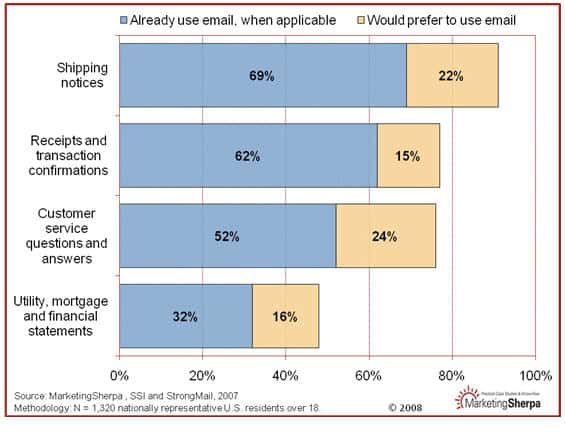Getting your emails opened can be a real problem. We are being drowned in a sea of email messages, texts, RSS feeds, Twitters and all sorts of instant messages. Is it any wonder that people fail to open emails?
I was in a client’s office the other day and she told me that she needed time to sort through her emails – her inbox had 720 unread emails dating back weeks on end…! Yet she is not alone; people sift through their emails and only open the most important ones, saving the “maybes” until later – when they just delete them without reading them…! Many people just can’t be bothered to deal with the messages; they reason that if the message was important the sender will get back in touch anyway.
So how can you get your emails opened? The trick is to make your email message completely relevant to the specific needs of the individual. Tap into their real interests and your email will be opened. A recent study from Marketing Sherpa shows that people do open emails when they contain relevant information, such as details of an online transaction. They want to read about things like shipping information, or check the receipt you have sent.
So the question is, how often do you use such emails for marketing messages? Clearly your customers are opening these transaction emails, but are less likely to open general emails from you, or subsequent marketing messages. It makes sense, therefore, to include marketing messages in those transactional emails.


